Jimthething
Well-known member
- Joined
- Nov 9, 2011
- Messages
- 69
- Reaction score
- 63
Hi guys. Although based in East Yorkshire amongst the lumps of cast concrete I've just spent a week down in Gloucestershire visiting my better half's folks. While down there I managed to spend an afternoon out walking in the Cotswolds. I'd marked the locations of a few pillboxes onto my OS map using Cptpies excellent overlay for GE and I made these the checkpoints for my walk.
The pillboxes down there are rather aesthetically pleasing compared to our concrete coastal monstrosities, although I don't know how well they would stand up to a good strafing, being constructed mainly from blocks of local sand/limestone.
I was accompanied by a friend who is involved in the military so it was interesting to have a trained tactical opinion on the location of the pillboxes. Common consensus was that although they were, for the most part in prominent locations which would afford defenders an excellent field of fire and make them virtually impossible to approach undetected from any direction, their prominence would also be their downfall as they wouldn't take long for a mortar team to fettle from the cover of one of the many handy ditches local to the area.
I imagine that if we had been invaded their value would have been in slowing down an invading army and generally being a pain in the arse rather than being something that would stop them in their tracks, as the ones we saw could very easily be walked around if you didn't want to waste time and ammunition removing them.
Anyway, enjoy the pics (this time without date stamps )
)
This first one, SP0028, is apparently a type FW3/22 and is positioned in a prominent spot with excellent views on the top of Langley Hill near Winchcombe

Christmas 2011 053 by jimthething, on Flickr
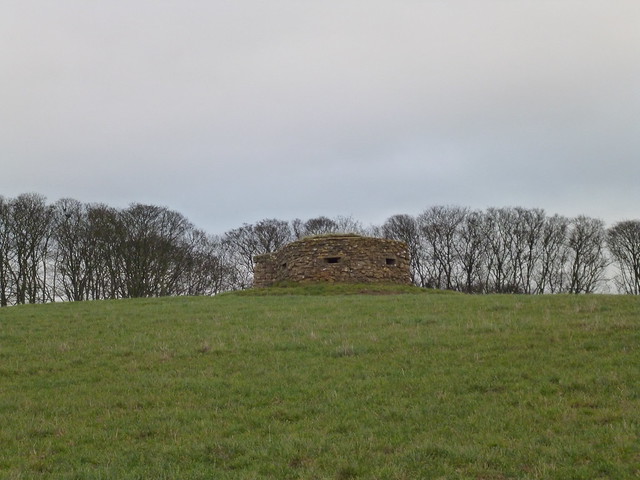
Christmas 2011 051 by jimthething, on Flickr
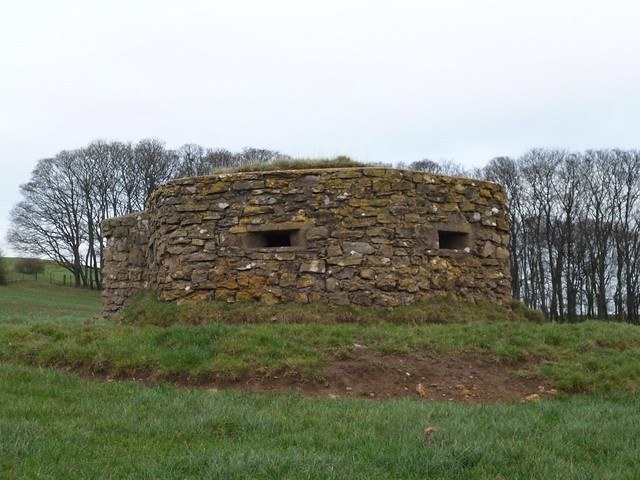
Christmas 2011 052 by jimthething, on Flickr
This pillbox had a brick wall inside it with a kind of 'Y' shape pointing toward the entrance. It would possibly be of some use in protecting the inhabitants from any explosion in the doorway (from a grenade, perhaps?)

Christmas 2011 055 by jimthething, on Flickr
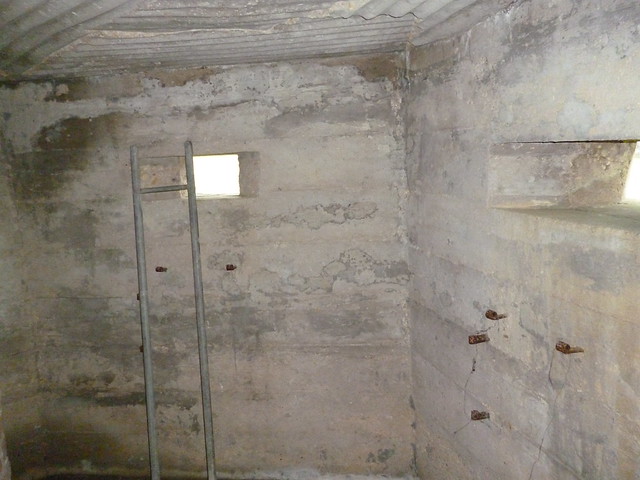
Christmas 2011 056 by jimthething, on Flickr
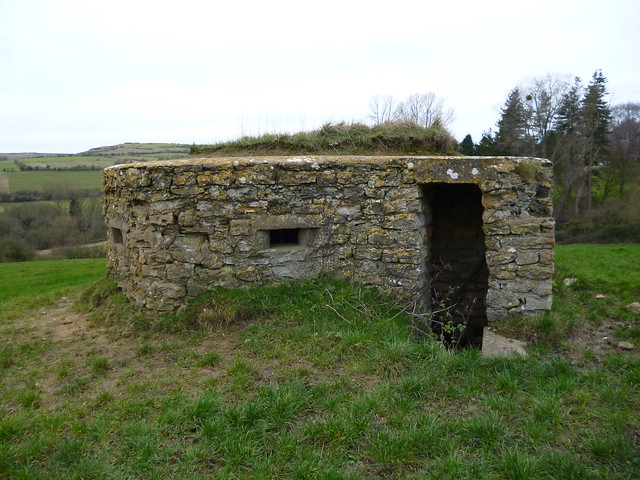
Christmas 2011 054 by jimthething, on Flickr

Christmas 2011 058 by jimthething, on Flickr
More hibernating butterflies
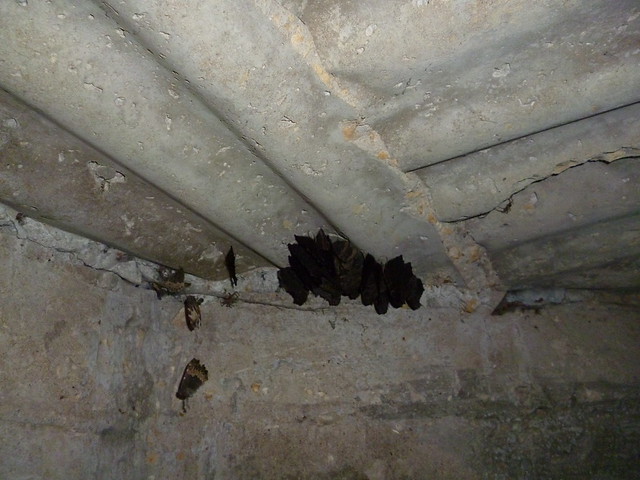
Christmas 2011 059 by jimthething, on Flickr
Cast concrete ceilings, constructed using corrugated iron shuttering.
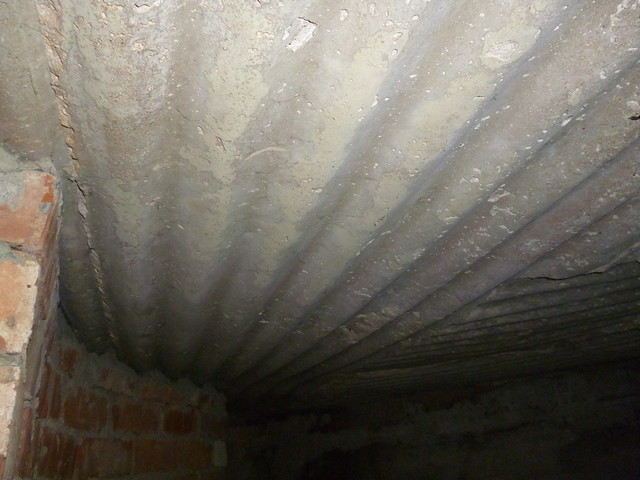
Christmas 2011 057 by jimthething, on Flickr
And found scratched into the mortar and looking like new was this inscription. It's these little details that really make places like this personal...

Christmas 2011 063 by jimthething, on Flickr
The terrain around the first pillbox
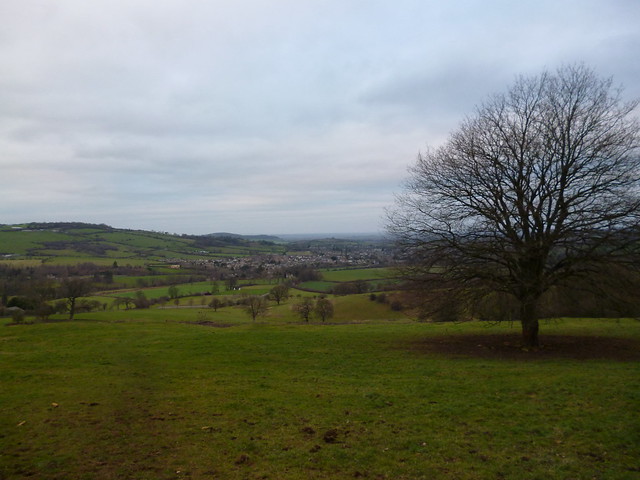
Christmas 2011 072 by jimthething, on Flickr
Pillbox 2 is another type FW3/22 located by what is now Winchcombe cricket club.

Christmas 2011 065 by jimthething, on Flickr

Christmas 2011 071 by jimthething, on Flickr
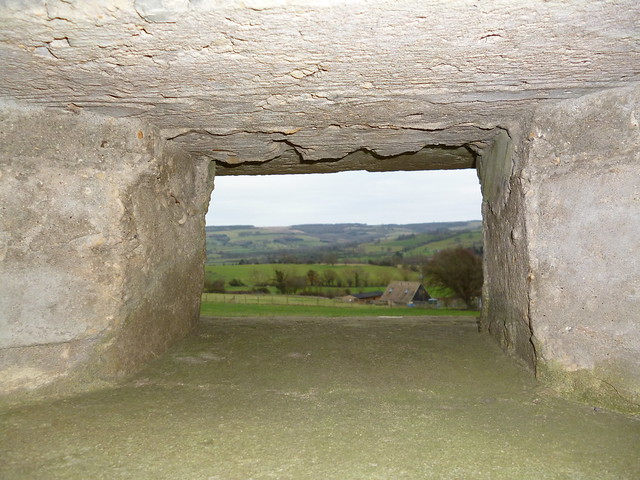
Christmas 2011 060 by jimthething, on Flickr
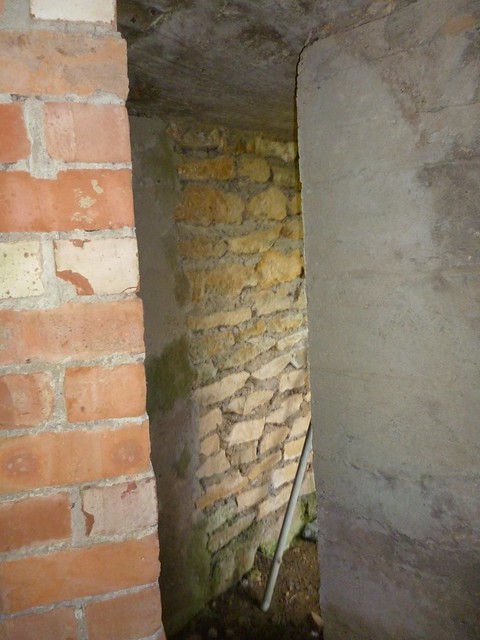
Christmas 2011 061 by jimthething, on Flickr
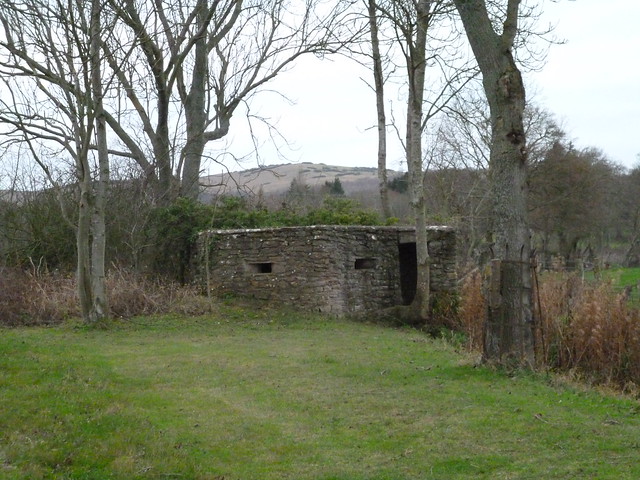
Christmas 2011 064 by jimthething, on Flickr
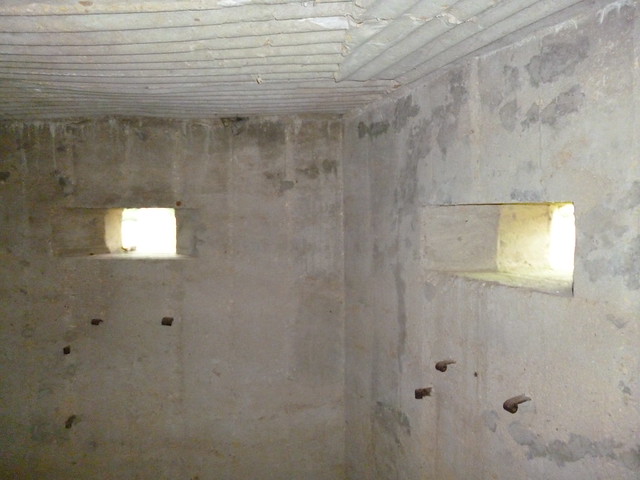
Christmas 2011 069 by jimthething, on Flickr

Christmas 2011 070 by jimthething, on Flickr
Another of the Y shaped alcoves near the entrance
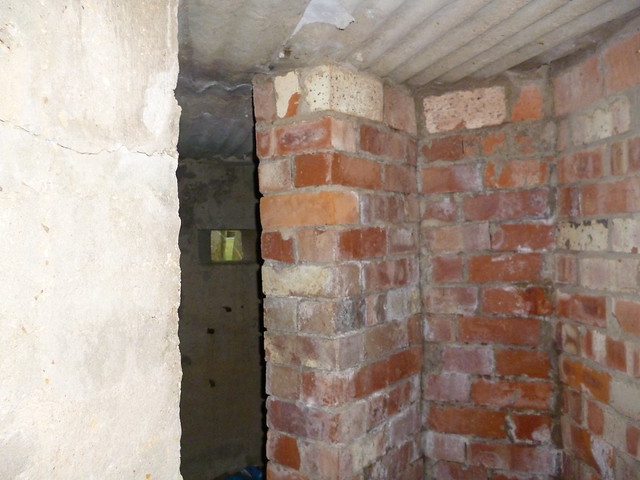
Christmas 2011 066 by jimthething, on Flickr
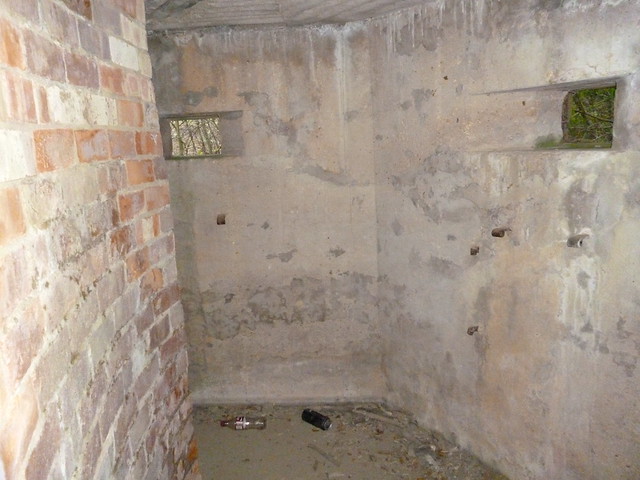
Christmas 2011 067 by jimthething, on Flickr
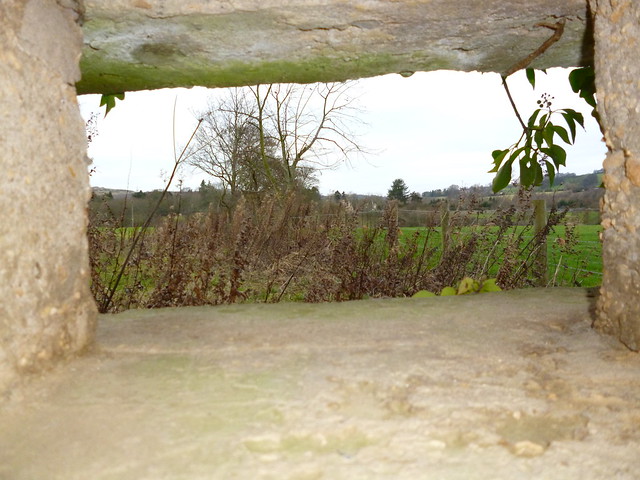
Christmas 2011 068 by jimthething, on Flickr
This 3rd pillbox, SP0424 is uncategorised on DOB. If it is a pillbox there aren't any signs of loopholes and the floor layout doesn't have any of the usual inner walls. It looks as though there's been some sort of hatch in the roof but the whole thing is in very poor condition now. It is sited on top of a very high hill looking west towards the village of Charlton Abbots
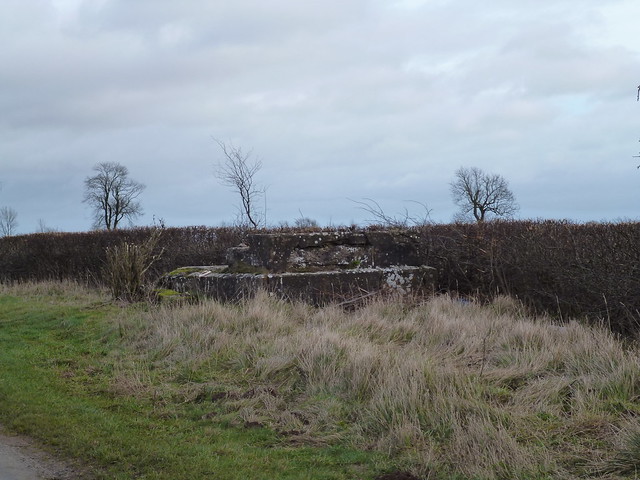
Christmas 2011 104 by jimthething, on Flickr
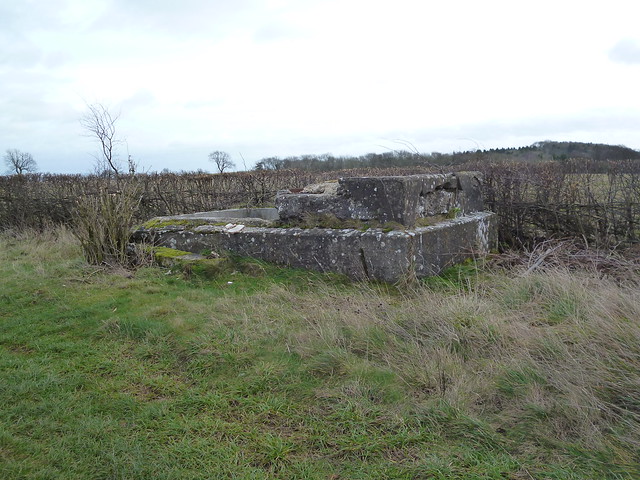
Christmas 2011 105 by jimthething, on Flickr
This one was constructed of concrete blocks rather then local stone.
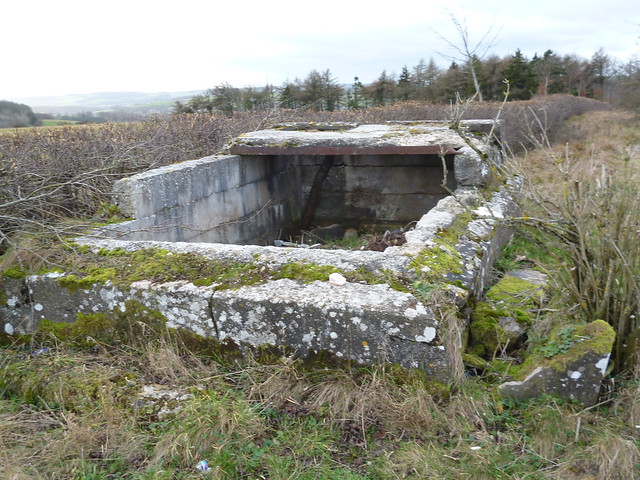
Christmas 2011 106 by jimthething, on Flickr
Showing the hatch on the roof.
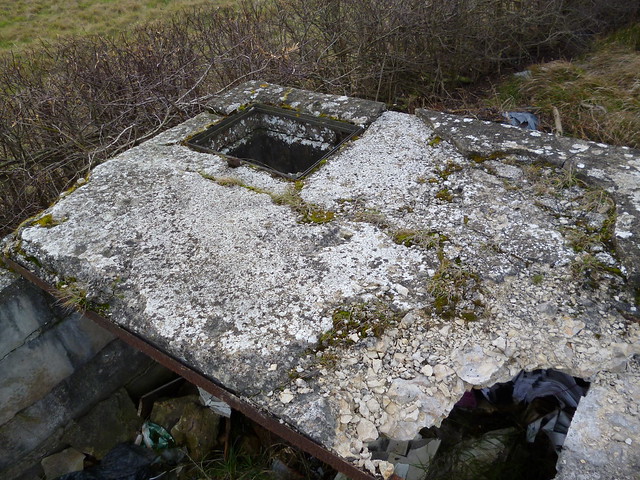
Christmas 2011 107 by jimthething, on Flickr
My 4th pillbox is located in the corner of what is now a paddock in the hamlet of Greet just north of Winchcombe. We're back to the local stone blocks with this one although it seems to have been more of a freestyle construction rather than a set pattern such as the first 2 follow.
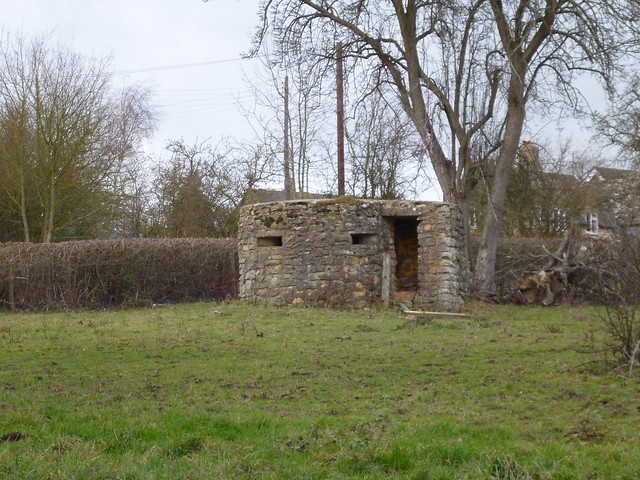
Christmas 2011 112 by jimthething, on Flickr
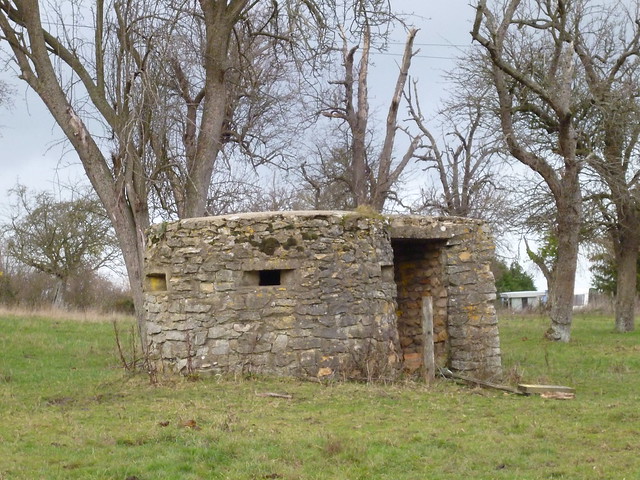
Christmas 2011 113 by jimthething, on Flickr
I didn't manage to gain access to this one so all of the pictures were shot over the hedge. There was a house on the opposite side of the paddock and although the inhabitants were probably out blasting holes in the local wildlife as there was a shoot going on nearby, anybody climbing the gate would then have to negotiate several yards of very wet looking s**t and mud to get to the pillbox!
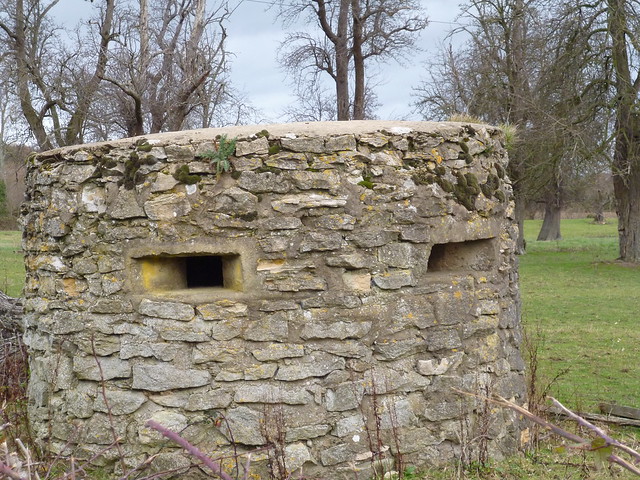
Christmas 2011 114 by jimthething, on Flickr

Christmas 2011 115 by jimthething, on Flickr
Next time I'm down in that part of the country I'll photograph the pillboxes nearer to Cheltenham. There also a rather exciting looking RAF base at Honeybourne not too far away that according to GE and DOB still has trenches, bunkers, command posts etc so I'll be swinging by there at some time in the future too!
The pillboxes down there are rather aesthetically pleasing compared to our concrete coastal monstrosities, although I don't know how well they would stand up to a good strafing, being constructed mainly from blocks of local sand/limestone.
I was accompanied by a friend who is involved in the military so it was interesting to have a trained tactical opinion on the location of the pillboxes. Common consensus was that although they were, for the most part in prominent locations which would afford defenders an excellent field of fire and make them virtually impossible to approach undetected from any direction, their prominence would also be their downfall as they wouldn't take long for a mortar team to fettle from the cover of one of the many handy ditches local to the area.
I imagine that if we had been invaded their value would have been in slowing down an invading army and generally being a pain in the arse rather than being something that would stop them in their tracks, as the ones we saw could very easily be walked around if you didn't want to waste time and ammunition removing them.
Anyway, enjoy the pics (this time without date stamps
This first one, SP0028, is apparently a type FW3/22 and is positioned in a prominent spot with excellent views on the top of Langley Hill near Winchcombe

Christmas 2011 053 by jimthething, on Flickr

Christmas 2011 051 by jimthething, on Flickr

Christmas 2011 052 by jimthething, on Flickr
This pillbox had a brick wall inside it with a kind of 'Y' shape pointing toward the entrance. It would possibly be of some use in protecting the inhabitants from any explosion in the doorway (from a grenade, perhaps?)

Christmas 2011 055 by jimthething, on Flickr

Christmas 2011 056 by jimthething, on Flickr

Christmas 2011 054 by jimthething, on Flickr

Christmas 2011 058 by jimthething, on Flickr
More hibernating butterflies

Christmas 2011 059 by jimthething, on Flickr
Cast concrete ceilings, constructed using corrugated iron shuttering.

Christmas 2011 057 by jimthething, on Flickr
And found scratched into the mortar and looking like new was this inscription. It's these little details that really make places like this personal...

Christmas 2011 063 by jimthething, on Flickr
The terrain around the first pillbox

Christmas 2011 072 by jimthething, on Flickr
Pillbox 2 is another type FW3/22 located by what is now Winchcombe cricket club.

Christmas 2011 065 by jimthething, on Flickr

Christmas 2011 071 by jimthething, on Flickr

Christmas 2011 060 by jimthething, on Flickr

Christmas 2011 061 by jimthething, on Flickr

Christmas 2011 064 by jimthething, on Flickr

Christmas 2011 069 by jimthething, on Flickr

Christmas 2011 070 by jimthething, on Flickr
Another of the Y shaped alcoves near the entrance

Christmas 2011 066 by jimthething, on Flickr

Christmas 2011 067 by jimthething, on Flickr

Christmas 2011 068 by jimthething, on Flickr
This 3rd pillbox, SP0424 is uncategorised on DOB. If it is a pillbox there aren't any signs of loopholes and the floor layout doesn't have any of the usual inner walls. It looks as though there's been some sort of hatch in the roof but the whole thing is in very poor condition now. It is sited on top of a very high hill looking west towards the village of Charlton Abbots

Christmas 2011 104 by jimthething, on Flickr

Christmas 2011 105 by jimthething, on Flickr
This one was constructed of concrete blocks rather then local stone.

Christmas 2011 106 by jimthething, on Flickr
Showing the hatch on the roof.

Christmas 2011 107 by jimthething, on Flickr
My 4th pillbox is located in the corner of what is now a paddock in the hamlet of Greet just north of Winchcombe. We're back to the local stone blocks with this one although it seems to have been more of a freestyle construction rather than a set pattern such as the first 2 follow.

Christmas 2011 112 by jimthething, on Flickr

Christmas 2011 113 by jimthething, on Flickr
I didn't manage to gain access to this one so all of the pictures were shot over the hedge. There was a house on the opposite side of the paddock and although the inhabitants were probably out blasting holes in the local wildlife as there was a shoot going on nearby, anybody climbing the gate would then have to negotiate several yards of very wet looking s**t and mud to get to the pillbox!

Christmas 2011 114 by jimthething, on Flickr

Christmas 2011 115 by jimthething, on Flickr
Next time I'm down in that part of the country I'll photograph the pillboxes nearer to Cheltenham. There also a rather exciting looking RAF base at Honeybourne not too far away that according to GE and DOB still has trenches, bunkers, command posts etc so I'll be swinging by there at some time in the future too!



